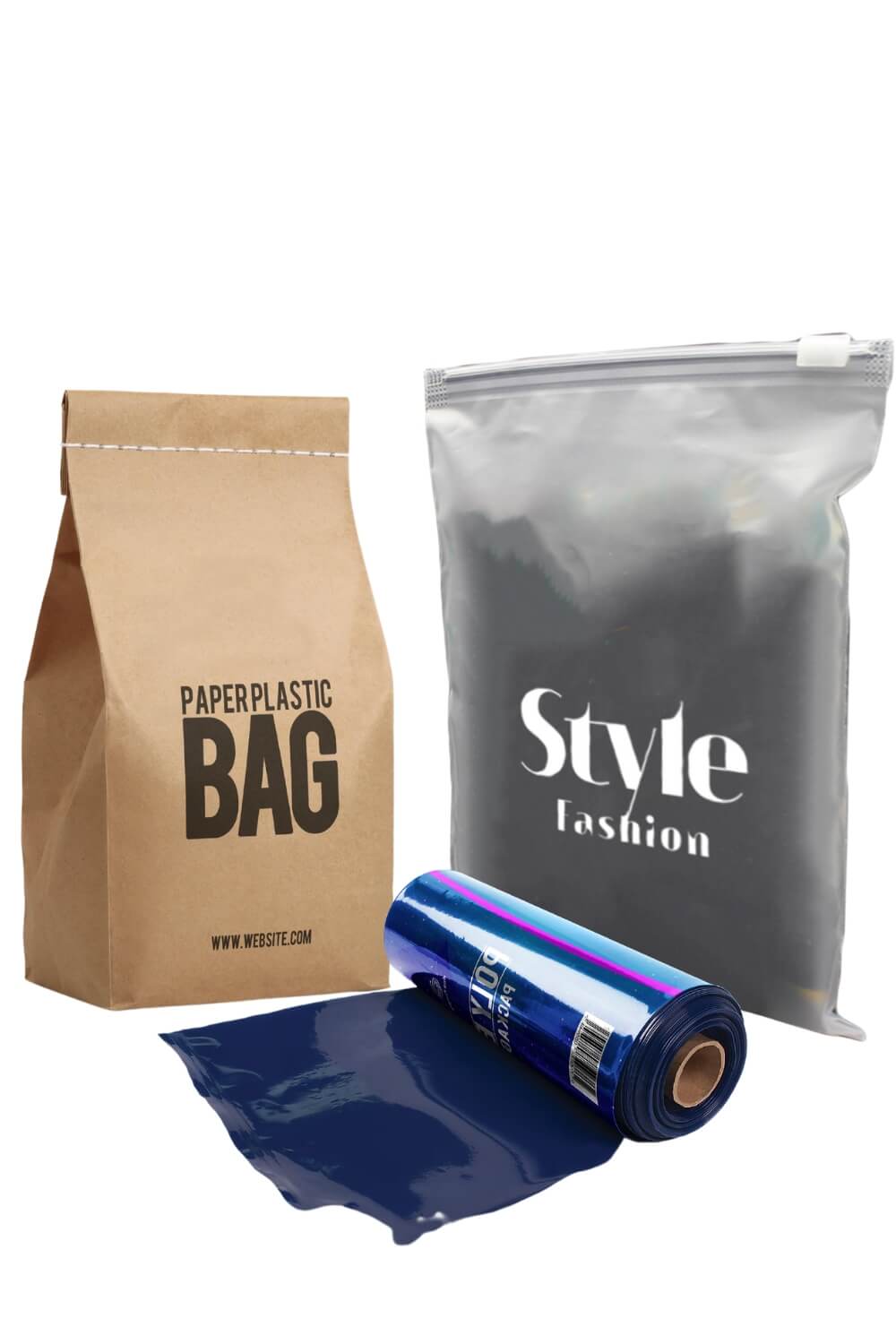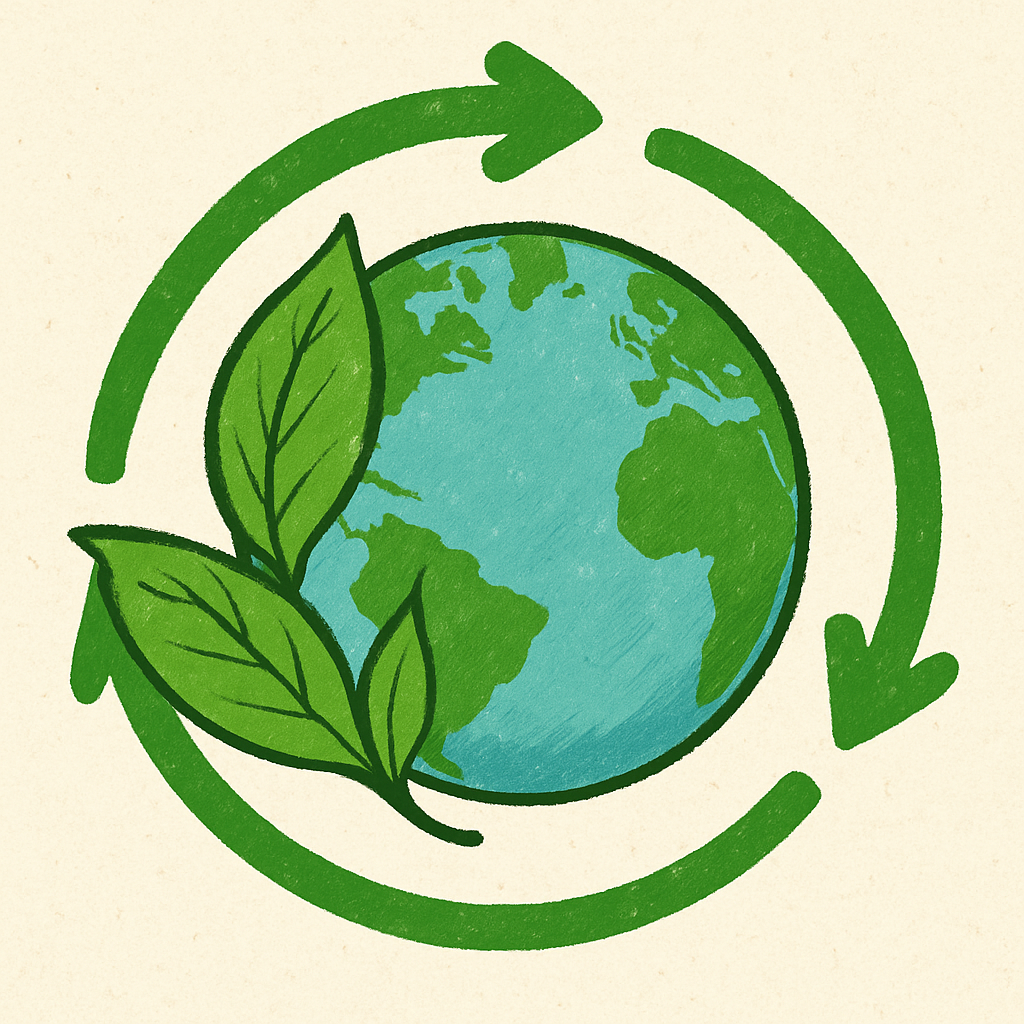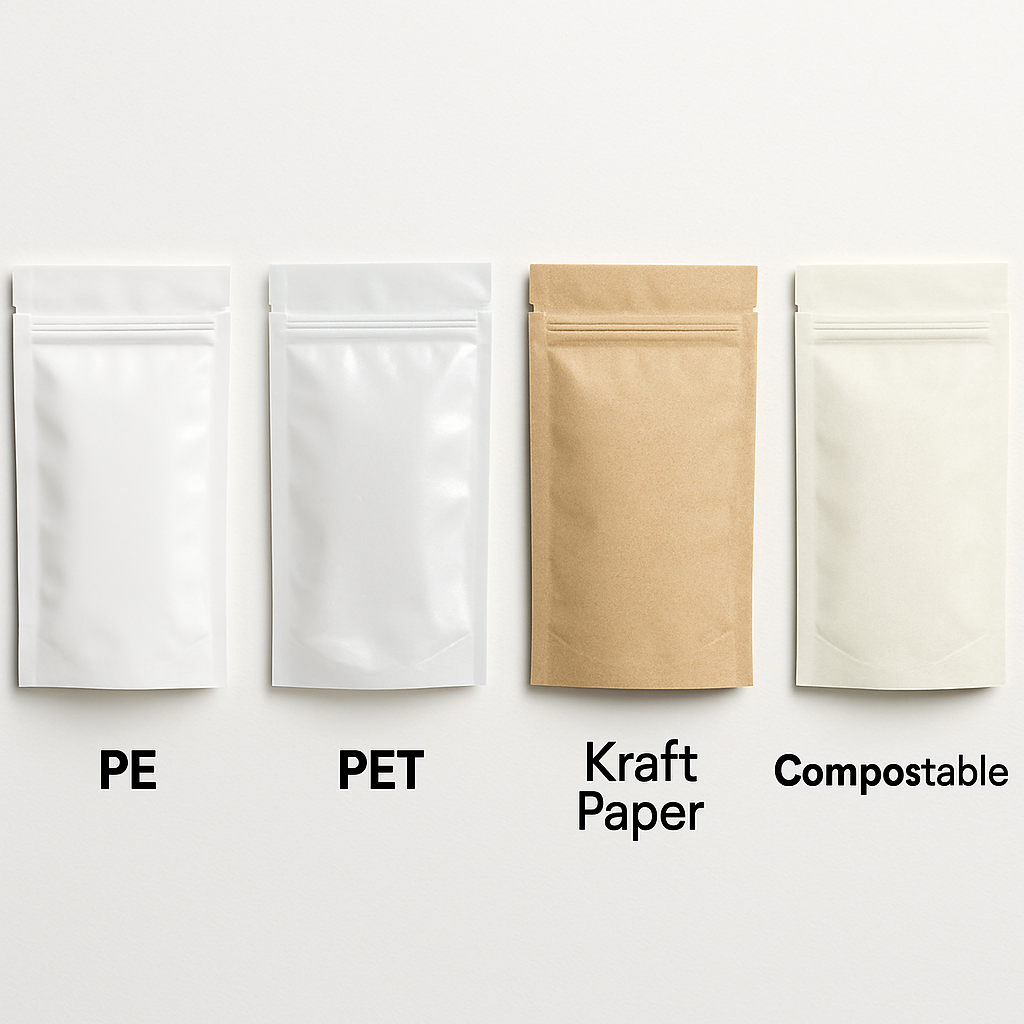Packaging is a fundamental aspect of modern life. From the groceries we buy to the gadgets we use, packaging is omnipresent. It serves various purposes such as protecting products, facilitating transportation, and providing information to consumers. However, the convenience of packaging comes at an environmental cost that is often overlooked. The packaging industry is a significant contributor to global pollution and resource depletion, which raises the pressing question: what is the true environmental impact of all this packaging?
In this article, we explore the carbon footprint of packaging and how sustainable and biodegradable packaging options can help mitigate these effects. Understanding the environmental implications of packaging is crucial for consumers and businesses alike as they make choices that align with a more sustainable future. By delving into the lifecycle of packaging materials, we can uncover opportunities for reducing emissions and conserving resources, thus paving the way for a healthier planet.
Understanding the Carbon Footprint of Packaging
The carbon footprint of packaging refers to the total amount of greenhouse gases (GHGs) emitted throughout the lifecycle of packaging materials. This lifecycle encompasses various stages including raw material extraction, manufacturing, transportation, usage, and disposal. Each stage contributes to the cumulative environmental impact, with emissions varying significantly depending on the materials and processes used.

1. Raw Material Extraction
The journey of any packaging material begins with raw material extraction. Whether it's paper, plastic, glass, or metal, obtaining these materials requires energy and resources, leading to emissions. For example, producing plastic involves extracting petroleum, a process that significantly contributes to GHG emissions. Additionally, the extraction of raw materials often results in habitat destruction and biodiversity loss.
As a company committed to sustainable packaging solutions, Anacotte Packaging prioritizes the use of responsibly sourced and recyclable materials. By offering options like compostable films, recycled paper, and bio-based plastics, we help clients reduce reliance on virgin resources and minimize extraction-related impacts.
2. Manufacturing
Once raw materials are extracted, they undergo manufacturing processes to become packaging materials. This stage is energy-intensive, often relying on fossil fuels. Plastic, in particular, has a high carbon footprint due to its complex chemical production process.
At Anacotte Packaging, we continuously explore cleaner production technologies and energy-efficient manufacturing practices. Our U.S.-based facility integrates modern equipment and partners with suppliers who share our commitment to low-emission processes, ensuring our packaging solutions are aligned with sustainability goals.
3. Transportation
Packaging materials must be transported from manufacturing plants to warehouses, distribution centers, and retailers. This transportation—by truck, ship, or air—consumes fuel and emits CO₂.
To help minimize transportation-related emissions, Anacotte Packaging offers localized production support and global logistics coordination. By working with a distributed network of partners and optimizing our supply chain, we reduce travel distances and carbon output while ensuring reliable service to clients worldwide.
4. Disposal
After serving its purpose, packaging becomes waste. It may end up in landfills, be incinerated, or recycled. Each method has distinct environmental implications.
Anacotte Packaging designs packaging that is recyclable, compostable, or reusable, helping reduce landfill waste and encourage circular use. We also educate our customers on best practices for disposal and provide labeling options that clarify end-of-life treatment, improving downstream outcomes.
Sustainable Solutions to Reduce Packaging Carbon Footprint
Biodegradable Packaging
Biodegradable packaging is designed to break down naturally over time, minimizing its environmental impact. Materials like cornstarch, PLA, bamboo, and kraft paper are popular for their low impact and renewability.
At Anacotte Packaging, we offer a range of biodegradable packaging options for food, pet products, supplements, and more. Our compostable films are certified to break down under industrial conditions and meet international biodegradability standards.

Recycled Materials
Using recycled materials reduces the need for new raw material extraction. Recycled paper, cardboard, and plastic help conserve resources and reduce energy use.
Our flat barrier pouches and stand-up pouches are available with recycled content, without compromising durability or aesthetics. Anacotte Packaging supports a closed-loop model by sourcing high-quality post-consumer materials and ensuring our packaging is compatible with mainstream recycling systems.
Innovative Design
Designing efficient packaging that uses fewer materials is a powerful way to reduce emissions. Lightweighting, right-sizing, and mono-material construction all contribute to lowering carbon footprints.
Our design team at Anacotte Packaging works with clients to create custom solutions that balance branding, functionality, and sustainability. From zipper pouches to flexible rollstock, we help customers achieve eye-catching packaging with a smaller footprint.
Local Sourcing & Logistics Optimization
Reducing the distance materials travel is another effective way to cut emissions. By sourcing locally when possible and streamlining logistics, businesses can significantly reduce their environmental impact.
Anacotte Packaging provides tailored logistics solutions that match production to demand and reduce inventory waste. We also offer drop-shipping and fulfillment support, helping e-commerce and retail brands stay agile while minimizing emissions.
The Business Case for Sustainable Packaging

Reducing the carbon footprint of packaging is not just an environmental goal—it’s a strategic business decision. Companies that adopt sustainable practices often see cost savings, improved brand image, and greater consumer loyalty.
At Anacotte Packaging, we help businesses of all sizes—from startups to global brands—implement eco-conscious packaging strategies. With over 20 years of experience, we’ve seen firsthand how sustainability can drive growth, meet regulatory requirements, and create long-term value.
Challenges and Opportunities
Transitioning to sustainable packaging involves challenges: higher initial costs, need for new infrastructure, and educating consumers. However, with innovation, collaboration, and the right partners, these hurdles can be overcome.
Anacotte Packaging offers end-to-end support, from material selection to prototyping and mass production. We stay ahead of regulatory changes and market trends, helping clients make informed decisions and future-proof their packaging.
Moving Forward Together
The carbon footprint of packaging is a significant concern, but it’s one we can tackle together. By choosing biodegradable, recyclable, and thoughtfully designed solutions, we can reduce emissions and protect the environment.
At Anacotte Packaging, our mission is to make sustainable packaging accessible, attractive, and practical. We invite businesses and consumers alike to join us in building a packaging ecosystem that supports a greener future.
Let’s collaborate to make packaging part of the solution—not the problem.







Leave a comment
This site is protected by hCaptcha and the hCaptcha Privacy Policy and Terms of Service apply.